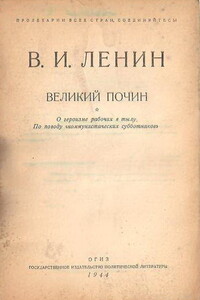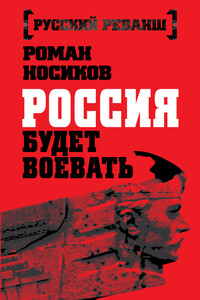Нации и этничность в гуманитарных науках. Этнические, протонациональные и национальные нарративы. Формирование и репрезентация | страница 29
The views of history presented here were not necessarily believed in by anyone outside the court. Moreover, some 'German’ authors, that is, northern Germans/Saxons, do not mention these theoretical constructs[70].
The most likely conclusion as to why this is so is that there was no single unified German identity. While Miiller-Mertens proved that the elites of the various peoples we consider German today did have a sense of German identity as early as the 1110s[71], it seems that every author related himself firstly to his locality and region, and only then to the larger regnum Teutonicum, regnum Francorum and impérium Romanům. As the Hohenstaufen court followed an agenda of conquest in Italy and the restoration of imperial rights in general, it was only logical that the courtly histories would take up more elements of Frankish and Roman histories and identities. In Italian eyes it was much easier when it came to defining the empire: it had always been and would always be only Roman[72]. The opponents of the Hohenstaufen who appear as characters in the works of the Hohenstaufen supporters retain this distinction. For example, the Milanese are allowed to insult Barbarossa as merely a German in the Carmen de gestis[73].
To sum up, the imperial court espoused a German, Roman and Frankish identity. Roman because the impérium itselfwas Roman, Frankish because Charlemagne took the impérium away from the Greeks, and German because Otto the Great won the impérium from the Langobards, thereby excluding the French from Charlemagne’s legacy, the empire. While a German national identity was definitely in the background of this ideology, the imperial element is so much more present that it is more appropriate to conclude by saying that a Roman imperial identity existed at the court of the kings of Germany.
УДК 94(430).024
BE ДРАН СУДОВ СКИ. Магистрант, Центральный Европейский университет, Будапешт, Венгрия.
VEDRÁN SULOVSKY. МА student, Central European University, Budapest, Hungary. E-mail: vedransulovsky(o)hotmail.com
ГЕРМАНСКОЕ, РИМСКОЕ И ФРАНКСКОЕ: НАЦИОНАЛЬНЫЕ НАРРАТИВЫ ЭПОХИ РАННИХ ГОГЕНШТАУФЕНОВ (1138–1190) И ИХ ВЛИЯНИЕ НА ПОЛИТИКУ
В средневековой Европе происходили те же процессы, что и в современной: когда наблюдалось столкновение национальных идентичностей, многие из которых актуализировались вслед за великим потрясением, последовавшим за падением Советского Союза. Особенно интересным представляется пример Священной Римской Империи, многонационального государства, колебавшегося между франкской, римской и немецкий идентичностями. В то время как некоторые правители, например, Карл Великий или Оттон Великий, отдавали предпочтение франкской идентичности, другие – такие, как Людовик Благочестивый или Оттон III, полагали, что только римское самосознание должно иметь значимость.







